Taking advantage of F&I technology and tactics…
Get More Per Vehicle with Maximized Menu Selling
Thursday December 15, 2016
Article Highlights
- Menu-selling F&I aftermarket products, such as GAP, warranty and maintenance options, has grown into one of the most effective uses of automotive retail technology when it comes to generating per-vehicle revenue (PVR).
- Stop using a paper menu and invest in an electronic alternative to simplify the process, create a personalized and relaxed sales pitch, and automate compliance.
- When menu-selling F&I aftermarket products, focus on a consultative approach, create a personalized presentation experience, and use customer survey data to build more effective product packages and processes.

When sales and showroom traffic cool, dealers usually turn up the temperature on F&I revenue – especially dealer reserve.
But that’s changing, thanks to the current regulatory environment, as well as customer expectations around financing. Today, the heat is still on the F&I department, but this time it’s all about flat-rate financing and aftermarket sales.
That’s right: menu selling.
Things like GAP, warranty and maintenance options are now front and center when it comes to per-vehicle revenue (PVR) – not to mention customer satisfaction. Indeed, menu selling has grown into one of the most effective uses of automotive retail technology, so much so that if you’re still using a paper menu…just stop. Invest in an electronic alternative for at least two very important reasons:
- Electronic menu presentations simplify the process and create a personalized, non-confrontational and relaxed sales pitch.
- Key regulatory requirements are included in the electronic process, protecting the dealership from compliance violations.
Let’s face it: In today’s technology-driven retail environment, not having an electronic menu is almost like not having a dealership website. The online-to-in-store sales process has reset every aspect of the buyer’s journey, including the way aftermarket products are sold. To that end, keep these five F&I tips in mind:
1. Focus on a consultative approach
Be proactive, friendly and transparent. According to a study conducted last year by MakeMyDeal, 84 percent of shoppers felt like F&I products may have real value, but were wary of the sales process: 63 percent said “they would be more likely to purchase F&I products if they had the option to learn about them before finalizing their vehicle purchase.” That reflects a desire to learn and to be prepared. Keep that mind as you build the presentation. As you walk them through the next steps, be sure to leverage the relationship already forged by the sales manager, and create a comfortable and consultative environment so that the survey results truly reflect their interests and preferences.
2. Create a customized and personal presentation experience
Make the experience as personal and custom as possible. For example, preload the menu tablet with the customer’s model – right down to the color. Then hand over the tablet and let the customer complete a survey as they wait to speak with the F&I manager. That will help you build a presentation designed to meet their needs and interests.
3. Encourage engagement throughout the presentation
One of the clear benefits of using a tablet is that it provides high levels of engagement and fosters a sense of control. By handing over the device, or going through it together, you allow the customer to dictate their level of interest in the products – from deep interest to skipping over a product offering altogether. Let them browse your offerings at their own pace, because it gives them a sense of control and gives you valuable insights for possible upsell opportunities.
4. Use data insights to build your presentation and refine your aftermarket program
Creating a successful menu presentation begins and ends with data insights. It’s that simple. Trouble is, it takes a consistent and disciplined approach to achieve the best results. Start by paying attention to what customers tell you they want, and what they’re interesting in exploring. Use a tablet-based survey to gather input on driving and lifestyle preferences, then apply those findings to your package build. But don’t stop at the survey: make sure you’re applying data insights across your entire aftermarket program. Doing so will give you transparency into optimal sales practices, product penetration and training opportunities – all of which just may increase per vehicle revenue (PVR) and reduce time spent. Overall, leveraging data insights can make for a more efficient and effective menu selling experience. It helps to turn a perceived negative experience into a positive encounter between F&I associate and customer.
5. Be consistent and diligent
Reduce your risk of non-compliance by presenting 100 percent of your products and creating a consistent presentation, with uniform scripting and up-to-date FAQs. Make sure you gather customer signatures that note their acceptance or rejection of each product, and store them in an electronic deal jacket. That will help to verify compliance by providing an audit trail of all deal activity. And don’t forget, every customer should sign a final menu that clearly shows which products were offered, which were accepted and which were declined.

